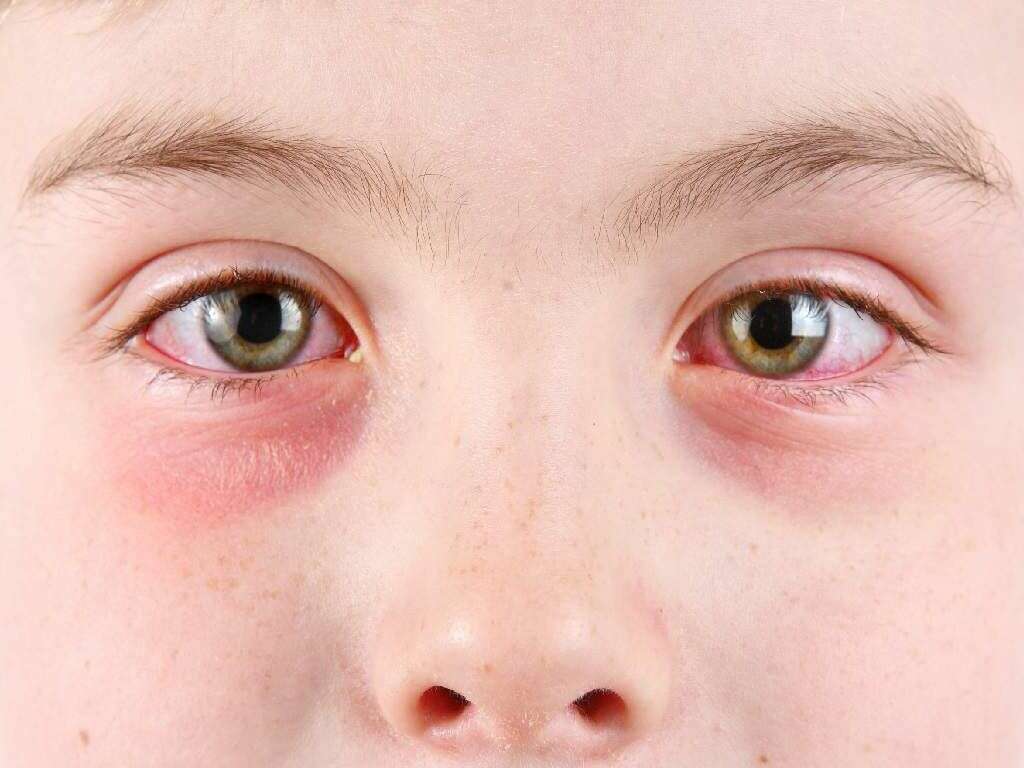What Is Conjunctivitis?
4. Allergic Conjunctivitis
Allergic conjunctivitis occurs when there is conjunctival inflammation due to allergy. Depending on the individual, allergens may vary. Some of the examples of allergens are cosmetics, perfumes, dust mites, eye drops, pollen, smoke, and more.
In allergic conjunctivitis, symptoms of conjunctivitis are due to the release of substances from mast cells and histamine. The redness occurs when there is vasodilation of the peripheral small vessels. Allergic conjunctivitis is the commonest type and affects 15% to 40% of the population with 80% of these patients having concurrent allergic rhinitis. It also accounts for 15% of eye-related primary care visits. Allergic conjunctivitis is due to type 1 hypersensitivity reactions and can be generally further divided into seasonal and perennial, atopic, vernal, and giant papillary conjunctivitis.
Advertisement











